Description
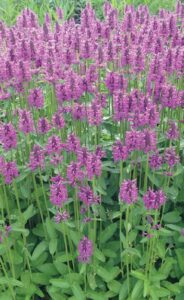 Stachys × ‘Summer Romance’
Stachys × ‘Summer Romance’
Common name: Betony
Trademark: PPAF
Introduced by: Intrinsic Perennial Gardens Inc.
June is a romantic time of year in the garden and this Stachys adds to it with longer spikes of pinker-purple flowers on 24” tall plants. Very upright too. Looks nice with Monarda ‘Mojo’ crinkled green foliage looks great all season and resists deer. Full sun, average to moist soil.
USDA hardiness zone: Zones 4 to 9
Ornamental features: Long-lived, pink/purple spike flowers; clean, crinkled foliage
Habit and growth rate: Tight mounds
Culture: Full sun; well-drained soil
Pest/disease problems/unique resistance: Deer resistant
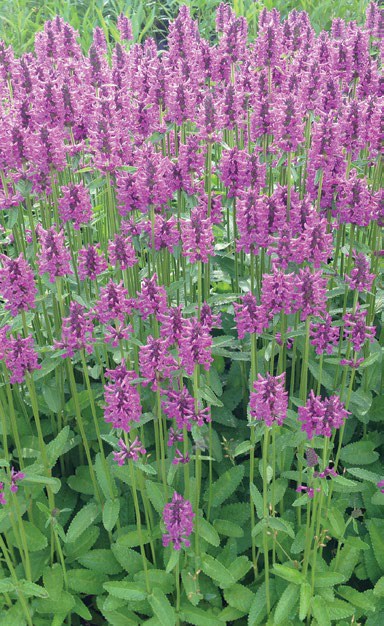
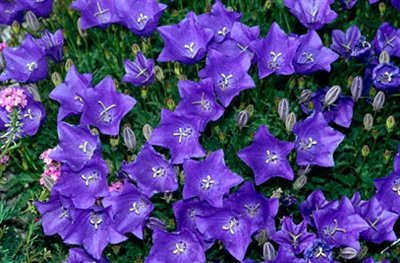
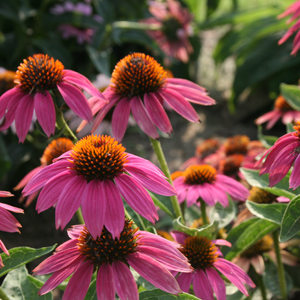
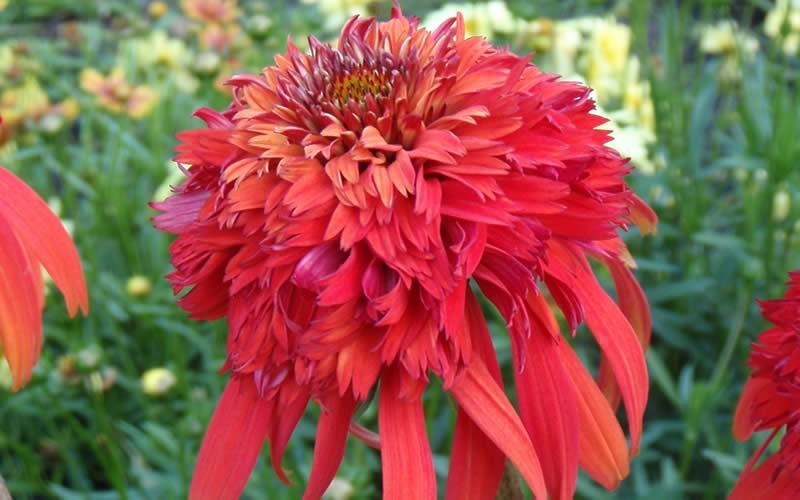
Reviews
There are no reviews yet.